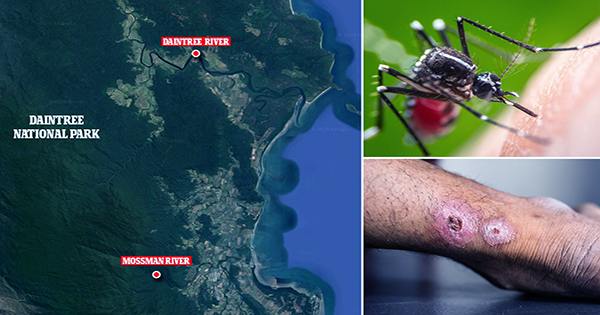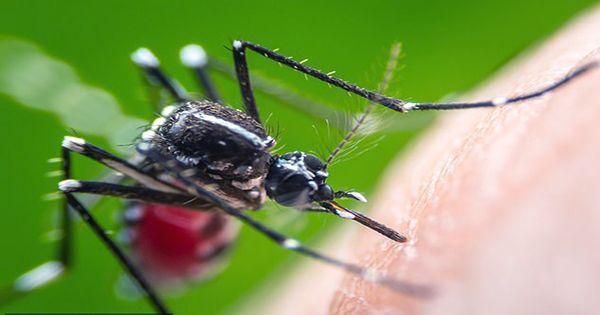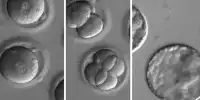Old age ulcers start out like the bite of an innocent bug – but soon, the bacteria that eat the responsible meat begin to destroy the affected area, if left untreated they can take a deadly shape in a few days. The bacterium, known as Mycobacterium ulcers, is a known enemy of the World Health Organization (WHO) and has been reported in 33 countries in Africa, the Americas, Asia and the western Pacific. The evil bug is currently re-emerging in Australia, with an annual outbreak, but the 2021 outbreak is unusual – according to a report by ABC News Australia – the first time the bacteria have spread locally to a coastal region.
The highest number of infections appears to be in the vicinity of Victoria, and political figures have urged residents to be aware of this spread. “Bursitis is a malignant skin infection caused by TB-related bacteria. Google Images may not be as good. You’ve been warned, “Wrote Tim Reid, a Greens MP in the Victorian parliament, in a Facebook post.” Wounds start as a painless push, usually on exposed skin, which can be mistaken for insect bites is wrong skin.”

According to Reid, genetic analysis has been performed on samples taken from infected patients, and it appears that growing events in Victoria may share a common source – but how it spread is still unclear. A common infection begins with localization of redness and irritation, giving the initial diagnostic tricycle a resemblance to a normal insect bite.
A strong course of antibiotics should spread the spread, but it cannot recover the dead tissue, which must be cut off by a medical professional to prevent further complications. M. ulcerans sits in the same family as tuberculosis and leprosy (forever undesirable at the party) in the family, but is unique in spreading environmentally and making mycolactone. According to the WHO, how it spread to humans remains unknown, but one theory focuses on the center of a potential neighborhood, with several potential species in the past m. Tested positive for ulcers.
Some scientists have suggested that gingivitis has spread to humans, such as COVID-19 and other zoonotic diseases. Another suggested route is to take the help of mosquitoes, which transmit the disease when they come in contact with potential feces and then pass it on to humans through bites. For now, the theory still remains that investigations into the potential pupae (which have tested positive for bacteria) and mosquitoes are ongoing. “There is more evidence of a role in mosquito infections,” Reed wrote on Facebook. So reducing mosquito breeding sites and avoiding mosquito bites are both important measures of prevention.”













